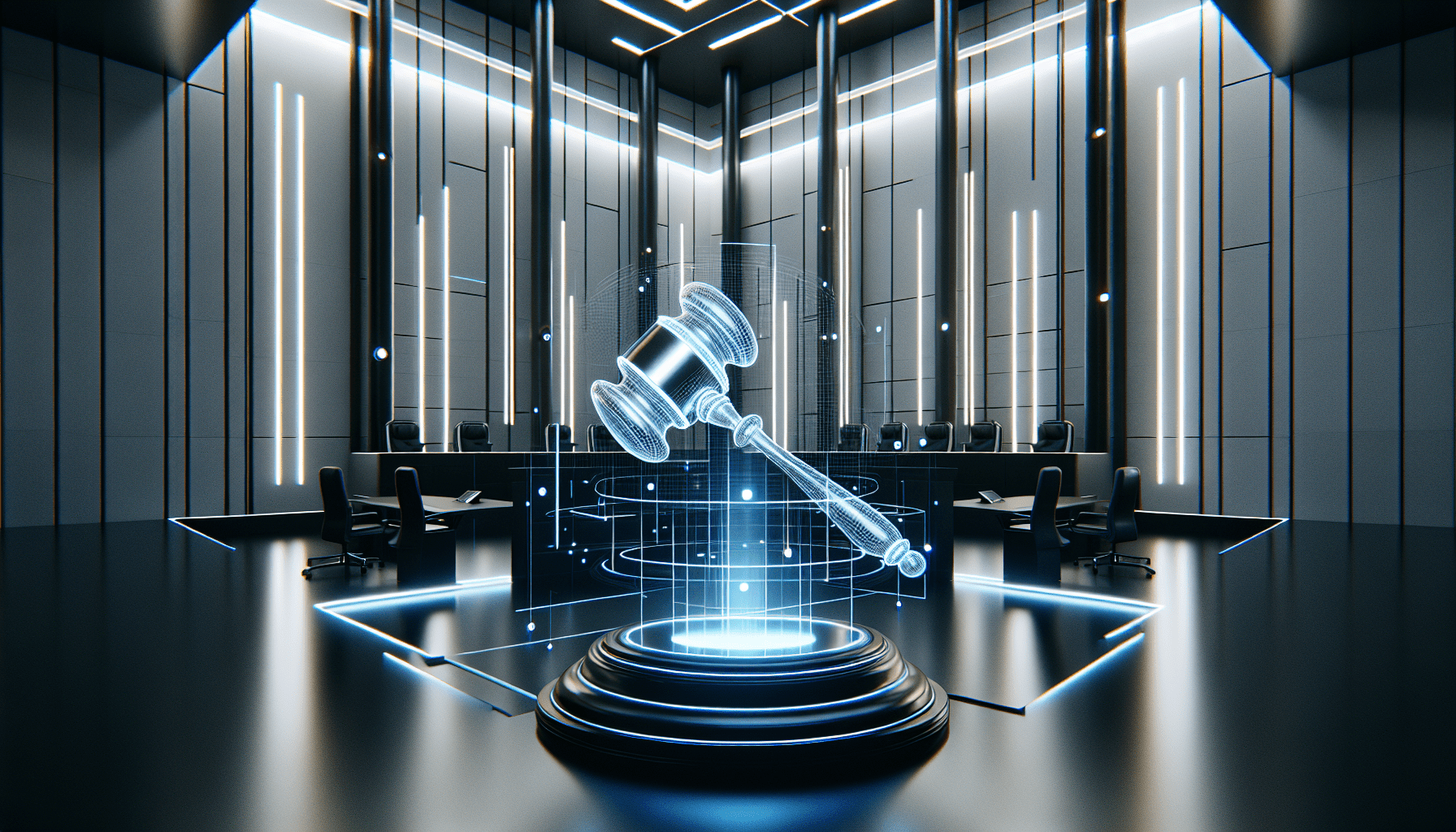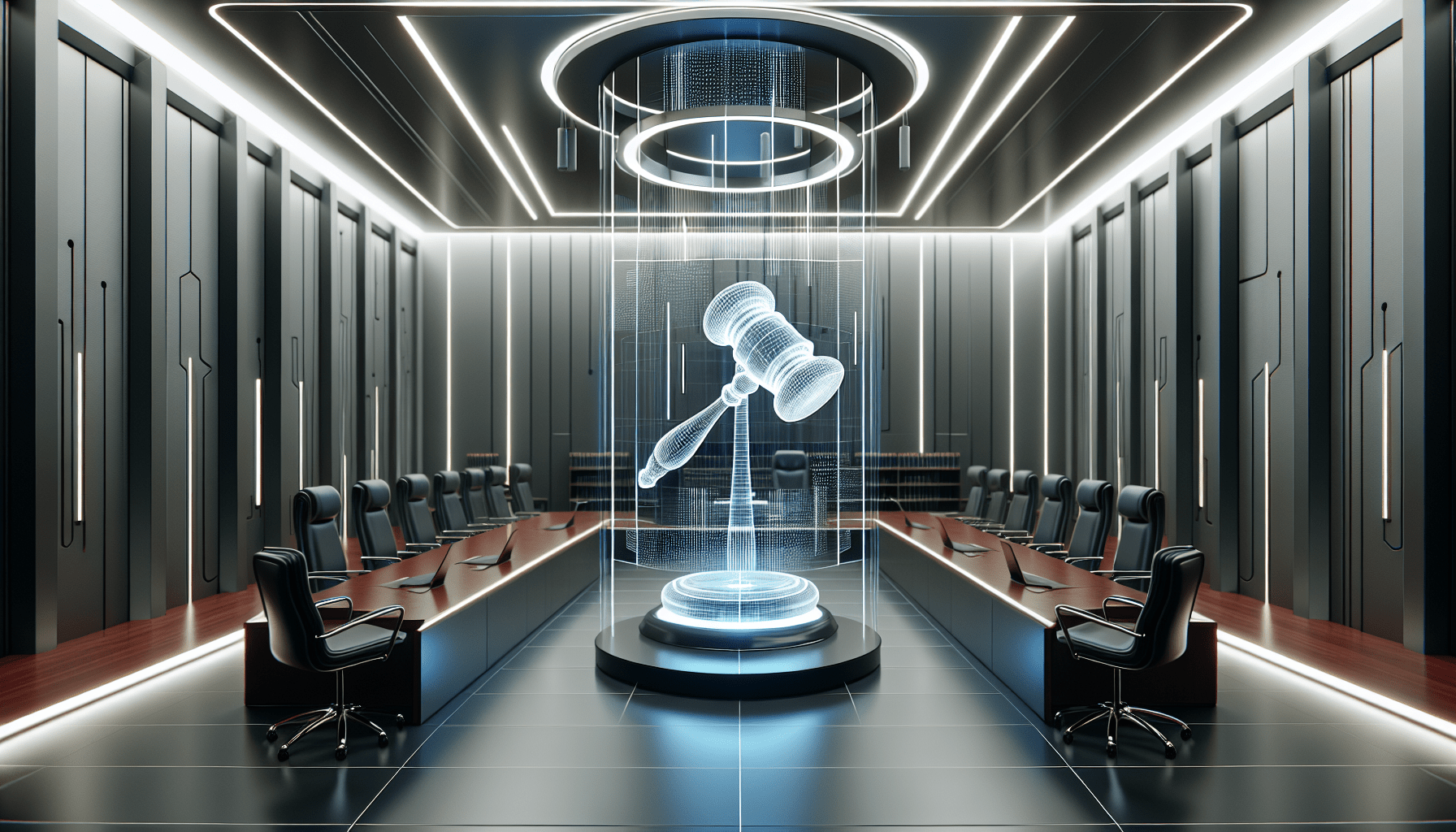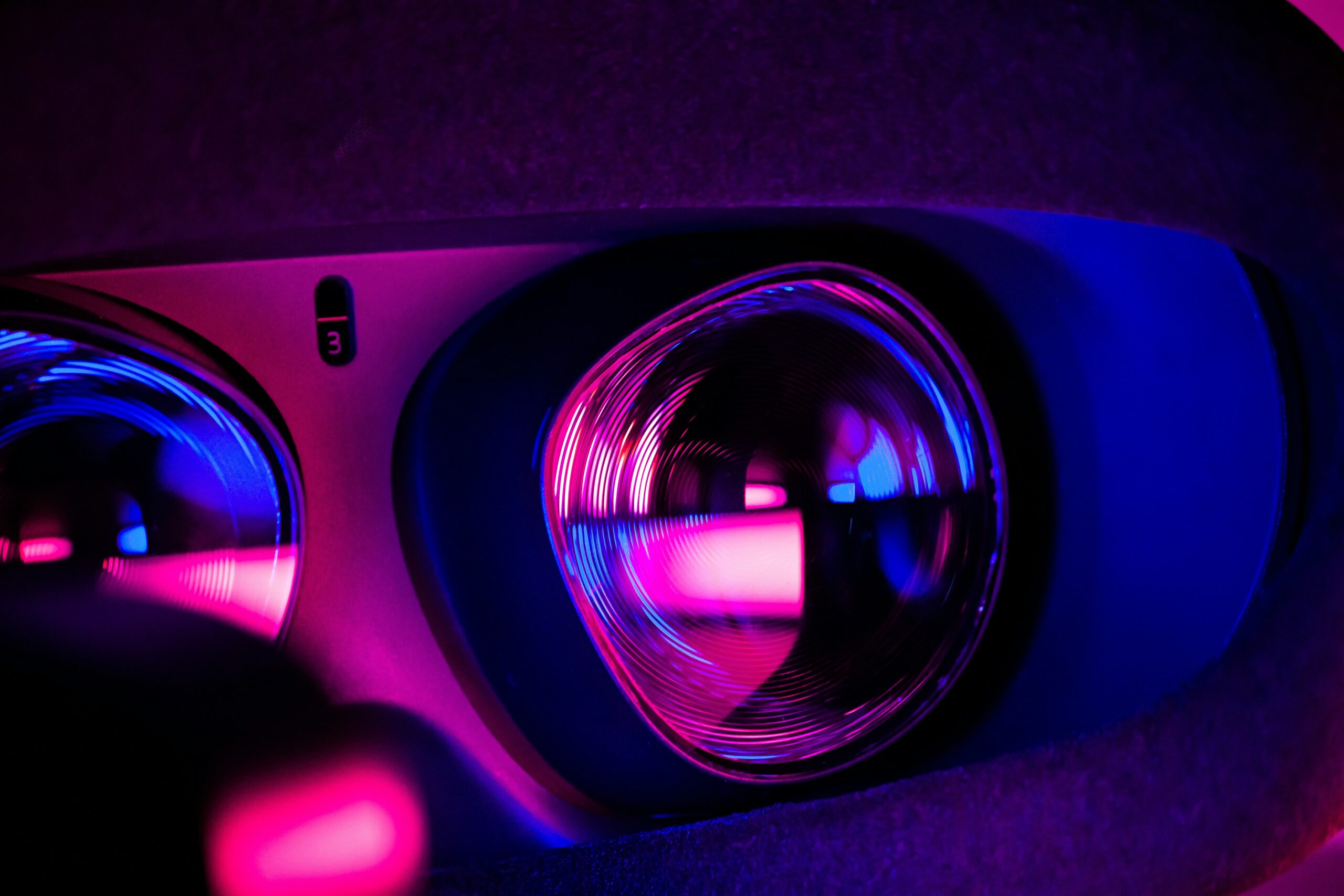Imagine walking into a courtroom where witnesses are no longer confined to memory, and jurors can see evidence in stunning 3D clarity. Welcome to the future of justice, where Augmented Reality (AR) is revolutionizing the legal industry. By leveraging AR as visual aids, lawyers can recreate crime scenes, display complex data, and illustrate intricate legal concepts in a way that’s both engaging and easy to understand. As you delve into this article, discover how AR is transforming the way justice is served, making it more accessible, efficient, and effective for all parties involved. Have you ever walked into a courtroom and felt like you were transported to a different era? The legal industry has traditionally been slow to adopt new technologies, but that’s all changing with the introduction of augmented reality (AR). You may have heard of AR as a futuristic concept, but it’s already being used in practical ways to visualize justice and improve the legal process.

$30 off $400+ Anycubic Products with code AC30OFF
What is Augmented Reality?
Augmented reality is a technology that superimposes digital information and images onto the real world. It’s different from virtual reality, which creates a completely digital environment. AR enhances the real world by adding virtual objects, sounds, or other sensory inputs that can be seen, heard, or even felt. You may have experienced AR without even realizing it – think of Snapchat filters or Pokémon Go.
How Does Augmented Reality Work?
AR uses a device’s camera to display digital information on top of real-world objects. It can be experienced through a variety of devices, including smartphones, tablets, and specialized AR headsets. The technology uses a combination of sensors, GPS, and machine learning algorithms to precisely align digital information with the physical environment.
The Current State of the Legal Industry
The legal industry has traditionally been paper-heavy, with lawyers and judges relying on physical documents and evidence to build cases. However, this approach can be time-consuming, costly, and prone to errors. The industry has been slow to adopt new technologies, but the rise of digital evidence and online research has started to change the game.
The Need for Innovation
The legal industry is facing a number of challenges, including:
| Challenge | Description |
|---|---|
| Information Overload | The sheer volume of evidence and documents can be overwhelming, making it difficult to identify key pieces of information. |
| Cost and Time | Traditional methods of presenting evidence can be costly and time-consuming, leading to delays and increased expenses. |
| Complexity | Complex cases require a deep understanding of intricate details, which can be difficult to communicate to jurors and judges. |

Buy Photon Mono M5 Get Free 1KG Resin
Augmented Reality in the Legal Industry
Augmented reality has the potential to revolutionize the legal industry by providing a more engaging, interactive, and immersive way to present evidence and build cases. Here are some practical ways AR is being used in the legal industry:
Virtual Crime Scene Reconstruction
AR can be used to recreate crime scenes, allowing investigators and jurors to explore and interact with the environment in a more immersive way. This can help to identify key pieces of evidence and better understand the events surrounding a crime.
Interactive Evidence Presentation
AR can be used to present evidence in a more engaging and interactive way, such as 3D models of crime scenes, virtual reconstructions of accidents, or interactive simulations of complex systems. This can help to simplify complex information and make it easier to understand.
Virtual Jury Trials
AR can be used to conduct virtual jury trials, allowing jurors to participate remotely and interact with evidence in a more immersive way. This can help to increase accessibility and reduce costs associated with traditional jury trials.
Legal Training and Education
AR can be used to provide legal training and education, such as virtual simulations of courtroom scenarios or interactive tutorials on legal procedures. This can help to improve the skills and knowledge of legal professionals and reduce the risk of errors.
Benefits of Augmented Reality in the Legal Industry
The use of AR in the legal industry has a number of benefits, including:
| Benefit | Description |
|---|---|
| Increased Engagement | AR can increase engagement and participation from jurors, witnesses, and legal professionals. |
| Improved Understanding | AR can help to simplify complex information and make it easier to understand. |
| Cost Savings | AR can reduce costs associated with traditional methods of presenting evidence and conducting trials. |
| Increased Accessibility | AR can increase accessibility for jurors and legal professionals with disabilities or those who are located remotely. |

Challenges and Limitations
While AR has the potential to revolutionize the legal industry, there are also challenges and limitations to consider. These include:
| Challenge | Description |
|---|---|
| Technical Issues | AR technology can be prone to technical issues, such as glitches or connectivity problems. |
| Cost | AR technology can be expensive, especially for smaller law firms or solo practitioners. |
| Admissibility | There may be concerns about the admissibility of AR evidence in court. |
| Training | Legal professionals may require training to effectively use AR technology. |
The Future of Augmented Reality in the Legal Industry
As AR technology continues to evolve, we can expect to see even more innovative applications in the legal industry. Some potential future developments include:
Integration with Artificial Intelligence
AR could be integrated with artificial intelligence (AI) to provide even more advanced analytical capabilities, such as predictive modeling or sentiment analysis.
Increased Adoption
As AR technology becomes more affordable and accessible, we can expect to see increased adoption across the legal industry.
Development of New Use Cases
As AR technology continues to evolve, we can expect to see new use cases emerge, such as virtual mediations or AR-powered legal research tools.

Conclusion
Augmented reality has the potential to revolutionize the legal industry by providing a more engaging, interactive, and immersive way to present evidence and build cases. While there are challenges and limitations to consider, the benefits of AR in the legal industry are clear. As the technology continues to evolve, we can expect to see even more innovative applications in the years to come.
$30 off $400+ Anycubic Products with code AC30OFF





